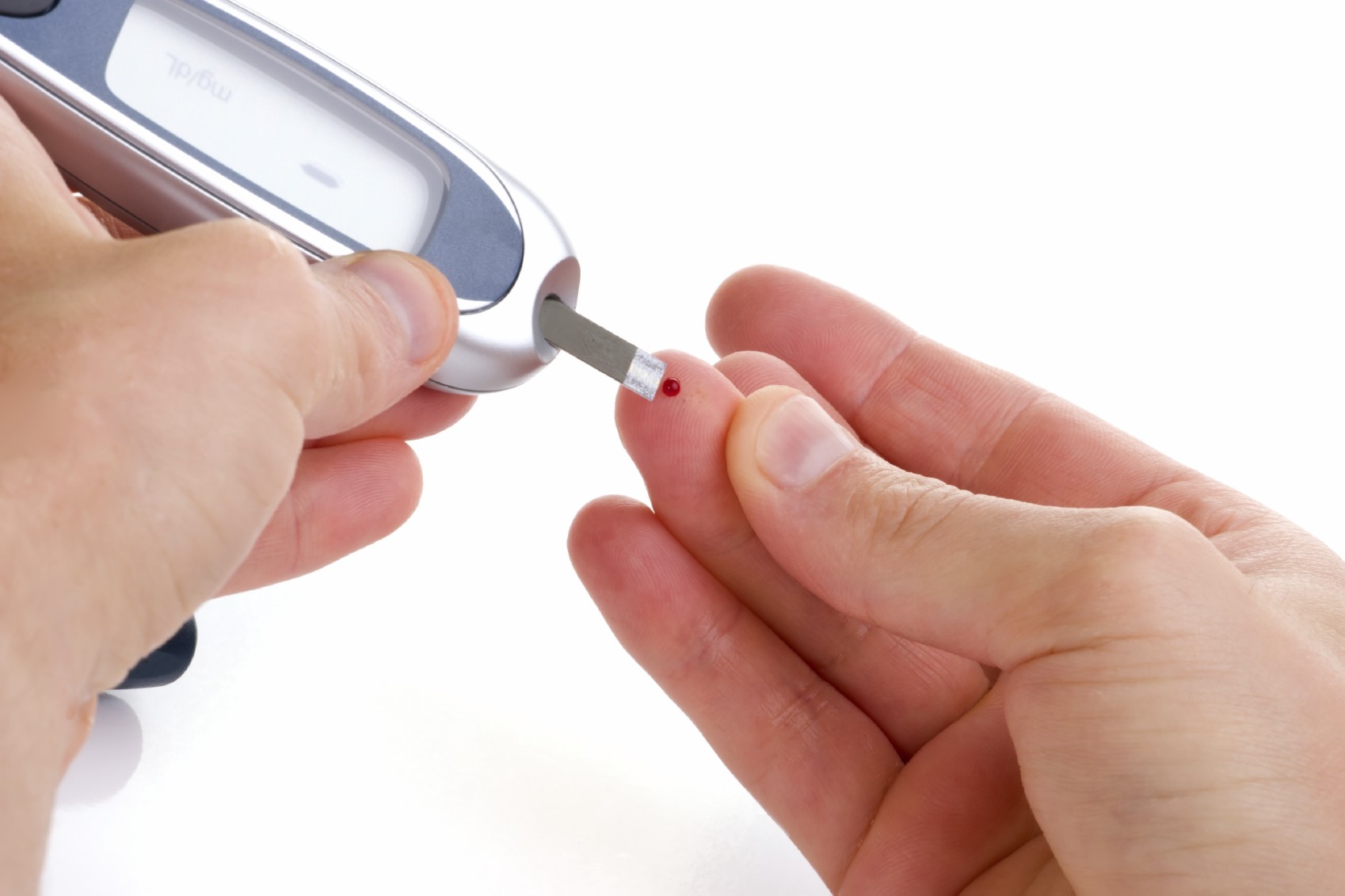Chances Of Diabetes Mellitus Increased By Regular Inactivity

If you think hitting the gym a few times in a week was enough, you have never been more wrong. If you sit all day and do not move much, long sessions in the gym aren’t going to help you much when it comes to diabetes mellitus.
This has been confirmed by a study, which says that the risk of heart diseases and diabetes increases if you stay inactive for long hours. It doesn’t matter if you visit the gym a couple of times a week.
This relation between diabetes and cardiovascular diseases with inactivity do not depend on the weight, age or gender of a person. As we have already mentioned, it didn’t even matter if a participant exercises regularly or not.
About the Study on Diabetes Mellitus
Researchers from Montefiore Health Systems and Albert Einstein College of Medicine conducted this study with the data obtained from 12,000 people living in San Diego, Chicago, Miami and the Bronx in New York.
From 2008 to 2011, participants wore activity monitors for 16 hours each day for a single week. It came to light that the participants were, on an average, inactive for at least 12 hours everyday.
The participants were then divided into four groups depending on the duration of time they used to be inactive. What was found that high density lipoprotein (HDL) cholesterol, which is the “good cholesterol” was 6% lower in the least active group as compared to the most active group.
The level of Triglycerides, which increase the risk the chances of coronary artery disease, was 16% higher in the least active group. This group also had the slower capability to process the hormone insulin as well as higher levels of blood sugar.
It did not matter if people indulge in moderate intensity aerobic exercise for 150 minutes or 75 minutes of exercising vigorously, which are physical activity guidelines. If you sit idle for long hours, you WILL increase chances of diabetes mellitus or a cardiovascular disease.
This gives us proof that a healthy lifestyle requires not only exercising but also increasing activity. However, there were two limitations to this study:
- Monitors used to check activity had the inability to discriminate between standing and sitting.
- The study did not concentrate on real outcomes like diabetes mellitus or heart stroke but on risk factors.
The Link Between Inactivity and Diabetes Mellitus
A sedentary lifestyle is defined by a lack of physical activity, and it goes hand-in-hand with the convenience and comfort of modern living. Many people spend a considerable amount of time sitting at desks, commuting in cars, and engaging in screen-based activities. Unfortunately, this lack of movement can have severe consequences for overall health, particularly in terms of metabolic disorders like diabetes mellitus.
When individuals engage in regular physical activity, their muscles require more glucose for energy. This increased demand for glucose helps the body’s cells become more sensitive to insulin, a hormone responsible for regulating blood sugar levels. However, inactivity has the opposite effect. When muscles are inactive, they become less responsive to insulin, leading to elevated blood sugar levels.
Moreover, a sedentary lifestyle often contributes to obesity, another major risk factor for diabetes mellitus. Excess body fat, especially around the abdomen, increases insulin resistance and the likelihood of developing type 2 diabetes. The combination of inactivity and obesity creates a harmful synergy that significantly raises the chances of developing diabetes.
The Role of Physical Activity in Diabetes Prevention
Regular physical activity has been proven to be an effective tool in preventing and managing diabetes mellitus. Exercise helps control weight, improves insulin sensitivity, and lowers blood sugar levels. It also has positive effects on blood pressure and cholesterol levels, reducing the risk of cardiovascular complications associated with diabetes.
The American Diabetes Association recommends at least 150 minutes of moderate-intensity aerobic activity per week, along with muscle-strengthening activities on two or more days a week. These guidelines underscore the importance of incorporating both aerobic and resistance exercises into one’s routine to reap the full benefits of physical activity in diabetes prevention.
Breaking the Inactivity Cycle
Breaking the cycle of regular inactivity requires a conscious effort to incorporate more movement into daily life. Simple changes, such as taking short breaks to stand and stretch during long periods of sitting, opting for stairs instead of elevators, or engaging in regular walks, can make a significant impact on overall health.
For those with sedentary jobs, incorporating desk exercises, using standing desks, or taking short walks during breaks can help counter the negative effects of prolonged sitting. Additionally, finding enjoyable physical activities, such as cycling, swimming, or dancing, can make it easier to adopt a more active lifestyle.
Conclusion
The relationship between regular inactivity and the increased chances of diabetes mellitus is a serious concern in today’s society. As the prevalence of sedentary lifestyles continues to rise, so does the incidence of diabetes and its associated health complications.
However, the good news is that individuals have the power to make positive changes by incorporating regular physical activity into their daily routines. By understanding the link between inactivity and diabetes and taking proactive steps to break the sedentary cycle, individuals can significantly reduce their risk of developing this chronic metabolic disorder.
It’s time to stand up, move more, and prioritize our health in the fight against diabetes mellitus.





